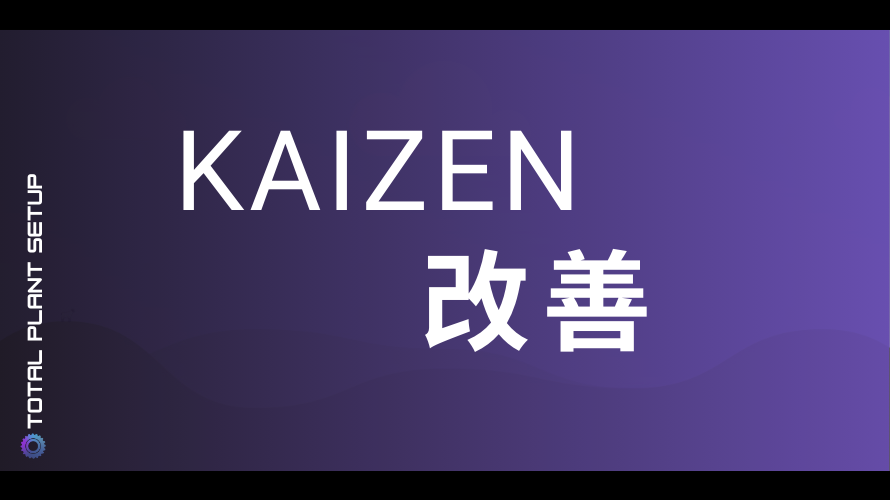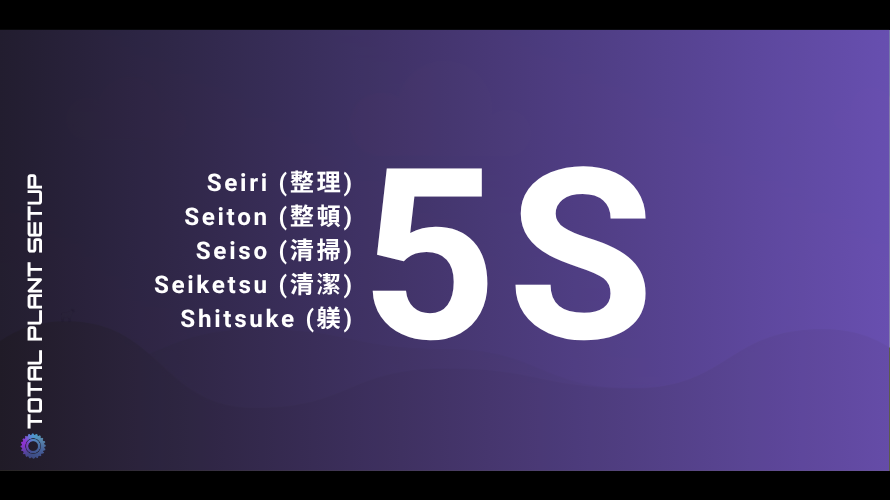Introduction
In the world of Lean manufacturing and continuous improvement, few concepts are as foundational — yet often overlooked — as Shigoto Shiji (仕事指示), or Work Instructions.
Though it may seem simple at first glance, standardized work instructions are one of the most powerful lean manufacturing tools to ensure consistency, quality, and efficiency across operations. Without them, even the most sophisticated production system can quickly fall into chaos. In this blog, we’ll explore:
- What is Shigoto Shiji?
- Its roots in Japanese Lean philosophy
- Why standardized work is critical for success
- Steps to implement effective work instructions
- Real-world examples and best practices
What is Shigoto Shiji (仕事指示)?
Shigoto Shiji translates directly to “work instructions” in Japanese.
It refers to clearly defined, step-by-step written or visual guidelines that standardize how a task or process should be performed on the shop floor. In Lean terminology, it supports the principle of Standardized Work, one of the pillars of stability in a Lean system. These instructions ensure that:
- The task is completed the same way every time
- The process is repeatable, teachable, and measurable
- There is a defined baseline for improvement
The Lean Philosophy Behind Shigoto Shiji
Lean manufacturing, rooted in the Toyota Production System (TPS), emphasizes the elimination of waste (Muda) and the creation of value from the customer’s perspective. Shigoto Shiji plays a pivotal role by:
- Preventing variation in processes (a major source of waste)
- Enabling continuous improvement by creating a baseline for Kaizen
- Supporting Jidoka (built-in quality) by reducing human errors
Without standard work instructions, improvement efforts become random, inconsistent, and unsustainable.
Why Are Work Instructions So Critical?
Here’s what happens when a company lacks proper Shigoto Shiji:
- Inconsistent output: Different workers perform the same task in different ways.
- Quality issues: Lack of clarity leads to human error.
- Training inefficiencies: New hires struggle to learn or require constant supervision.
- Process drift: Over time, even trained employees develop “shortcuts” that can compromise quality or safety.
By implementing Shigoto Shiji, organizations can:
- Guarantee consistent product quality
- Shorten training time and reduce dependency on tribal knowledge
- Increase process efficiency and cycle time predictability
- Facilitate audits and regulatory compliance
- Provide a base for improvement using Lean tools like Kaizen or A3
Components of Effective Work Instructions : Good work instructions go beyond simple checklists. They must be:

Clear : Use simple, jargon-free language. Avoid ambiguous terms like “ensure” or “adequate” unless defined.
Visual : Use photos, diagrams, or flowcharts. Highlight critical points (e.g., torque specifications, safety notes).
Sequenced : Steps should follow the actual flow of work, Numbered or bulleted format aids readability.
Time-based (optional): Indicate time for each step if needed for takt time analysis.
Role-specific : Instructions should specify who performs each task if multiple operators are involved.
How to Develop and Implement Shigoto Shiji
1. Observe the Actual Work (Genchi Genbutsu) :Go to the Gemba (shop floor) and observe how the task is currently performed.
2. Document the Current Best Practice :Identify the safest, most efficient, and highest-quality method currently known.
3. Involve the Operators : Frontline workers are closest to the work and can offer invaluable insights.
4. Standardize the Method :Develop a document (text, image, or video) that clearly captures each step.
5. Train & Validate: Train employees using the new instructions and ensure they follow them correctly.
6. Audit & Update: Standard work is not static. Review regularly and update as improvements are made.
Real-World Example: Electronics Assembly Line
Problem: A company assembling PCBs faced inconsistent quality and a 12% rework rate.
Root Cause: Operators were using different methods to place and solder components — some followed tribal knowledge, others improvised.
Solution:
- Created Shigoto Shiji with step-by-step visual guides.
- Introduced color-coded diagrams for each component.
- Incorporated key inspection points and torque values.
Results:
- Rework dropped to 3%
- Training time reduced by 40%
- Output increased by 15%
Digital Shigoto Shiji: Taking It to the Next Level
In modern Lean environments, companies are moving toward digital work instructions via:
- Tablets at workstations
- AR glasses with step overlays
- Interactive SOP dashboards
Benefits of digital formats include:
- Real-time updates
- Multimedia instructions (videos, 3D models)
- Integration with MES/ERP systems
Challenges & Tips
| Challenge | Tip |
|---|---|
| Resistance to change | Involve workers in writing and testing the instructions |
| Over-complication | Keep instructions concise and focus on key steps |
| Poor maintenance | Assign ownership for regular review and updates |
| Language barriers | Use visual aids and universal symbols |
Common Myths About Shigoto Shiji
🛑 “We don’t need instructions — our team is experienced.”
➡️ Experience can vary. Standardization ensures consistency even with turnover.
🛑 “It slows down the process.”
➡️ It may take time initially, but in the long term, it prevents costly errors and rework.
🛑 “One size fits all.”
➡️ Instructions must be tailored to role, complexity, and regulatory context.
How Shigoto Shiji Aligns with Other Lean Tools
| Lean Tool | Connection with Shigoto Shiji |
|---|---|
| 5S | Supports standard organization and workflow order |
| Kaizen | Standard work is the foundation for any improvement |
| Jidoka | Prevents quality issues at the source |
| Andon | Easier to identify abnormality when standard is clear |
| Takt Time | Ensures each step aligns with takt targets |
Conclusion: Build a Strong Foundation with Shigoto Shiji
Without Shigoto Shiji, even the most advanced Lean initiatives will falter. Standardized work:
- Empowers employees
- Delivers consistent quality
- Reduces training time
- Enables continuous improvement
It’s not just a document — it’s the DNA of Lean execution. So, if you’re serious about transforming your operations, start with this simple but powerful Lean tool. Let Shigoto Shiji be the blueprint that turns complexity into clarity and chaos into control.
Ready to make your operations Leaner, faster, and smarter? Start with these 21 foundational tools today!










